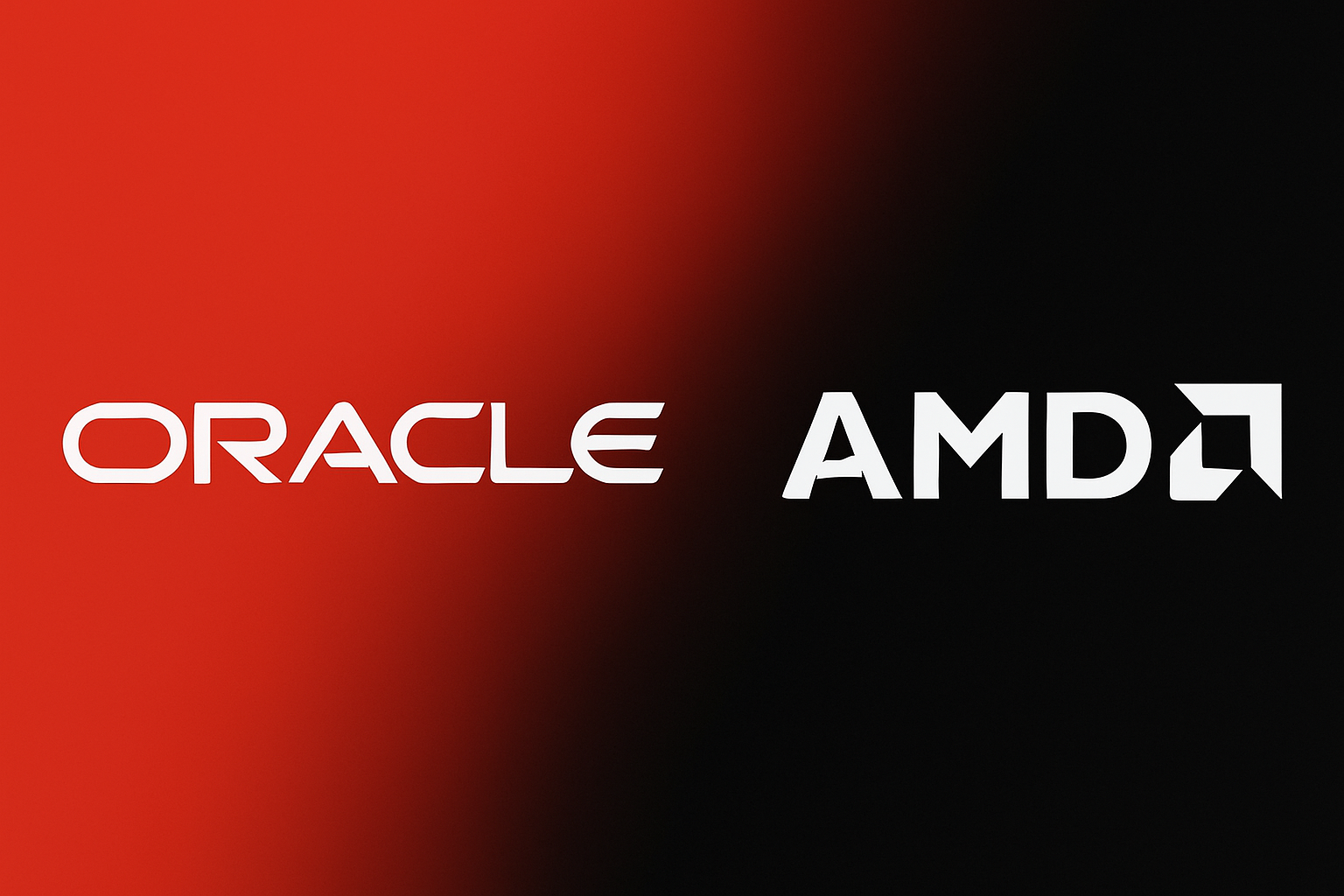
"AMD's Instinct MI450 chips will be released next year. Oracle will deploy approximately 50,000 of them starting in the third quarter of 2026. Oracle is thus expanding its own portfolio beyond existing investments in Nvidia hardware. However, those who opt for an AI stack with open standards will be able to benefit from the competition between AMD and Nvidia. Not only that, but the MI450 is expected to be released earlier than Nvidia's Vera Rubin GPUs."
"Existing Nvidia customers will not be able to simply abandon the ecosystem surrounding CUDA, the programming language and development platform for Nvidia equipment. AMD offers ROCm as an open-source alternative and has matured the technology, but CUDA-driven lock-in keeps Nvidia in the saddle. AI developers often simply have more knowledge of CUDA than other options. According to Oracle and AMD, future AI models will require more capacity than current AI clusters can deliver."
"The first phase of the deal between Oracle and AMD will start in the third quarter of 2026 with the implementation of 50,000 MI450 processors. Further expansion is planned for 2027 and subsequent years. The "AI superclusters" will be powered by AMD Helios, a rackscale architecture that we described earlier this year during AMD's Advancing AI event: The collaboration between Oracle and AMD is one of many deals between the major AI players."
AMD will release Instinct MI450 chips next year, and Oracle will deploy about 50,000 units beginning in Q3 2026 as part of a larger expansion. AMD Helios rackscale architecture will power AI superclusters, with further scaling planned in 2027 and beyond. AMD promotes ROCm as an open-source alternative to Nvidia's CUDA, but CUDA-driven developer familiarity maintains Nvidia's ecosystem advantage. Oracle and AMD project rising AI model capacity needs; OpenAI will receive capacity from a planned 1 gigawatt deployment of AMD chips. Competitive investments by major cloud and chip vendors continue to shape hardware allocations.
Read at Techzine Global
Unable to calculate read time
Collection
[
|
...
]